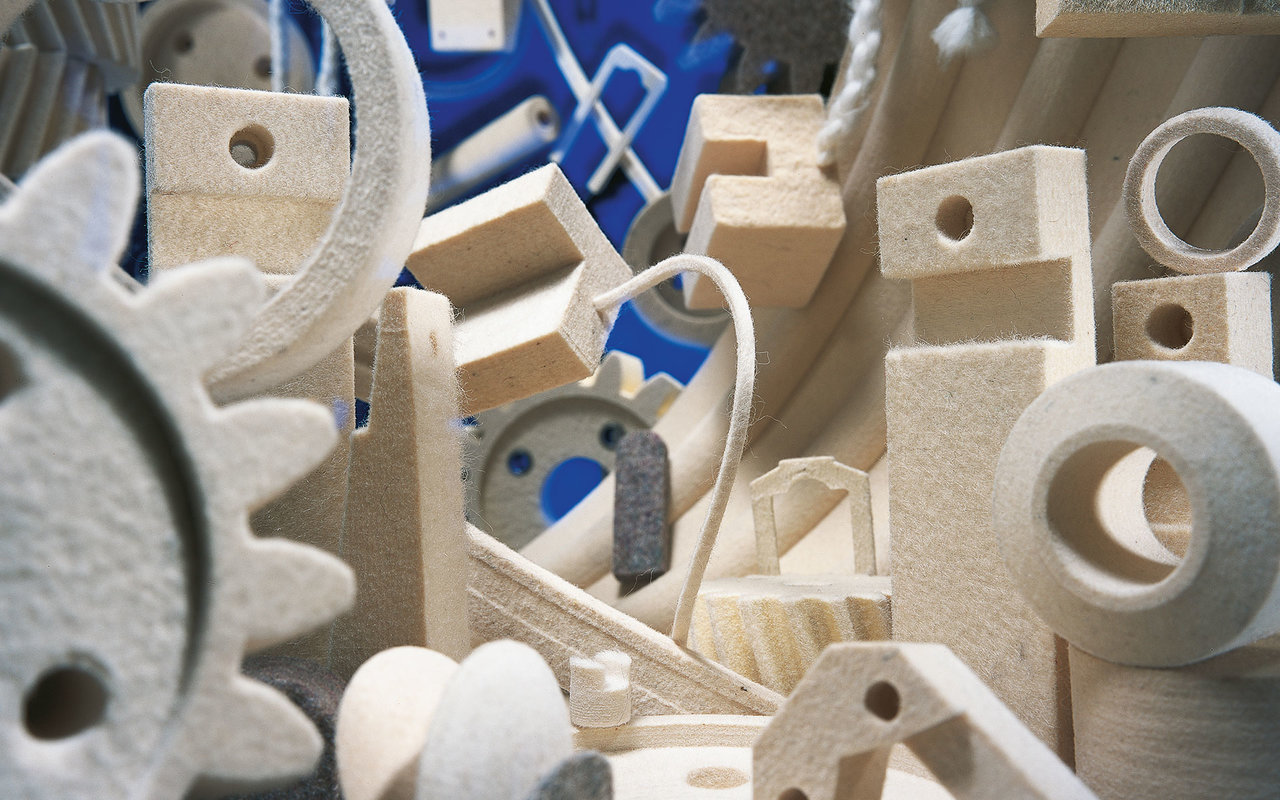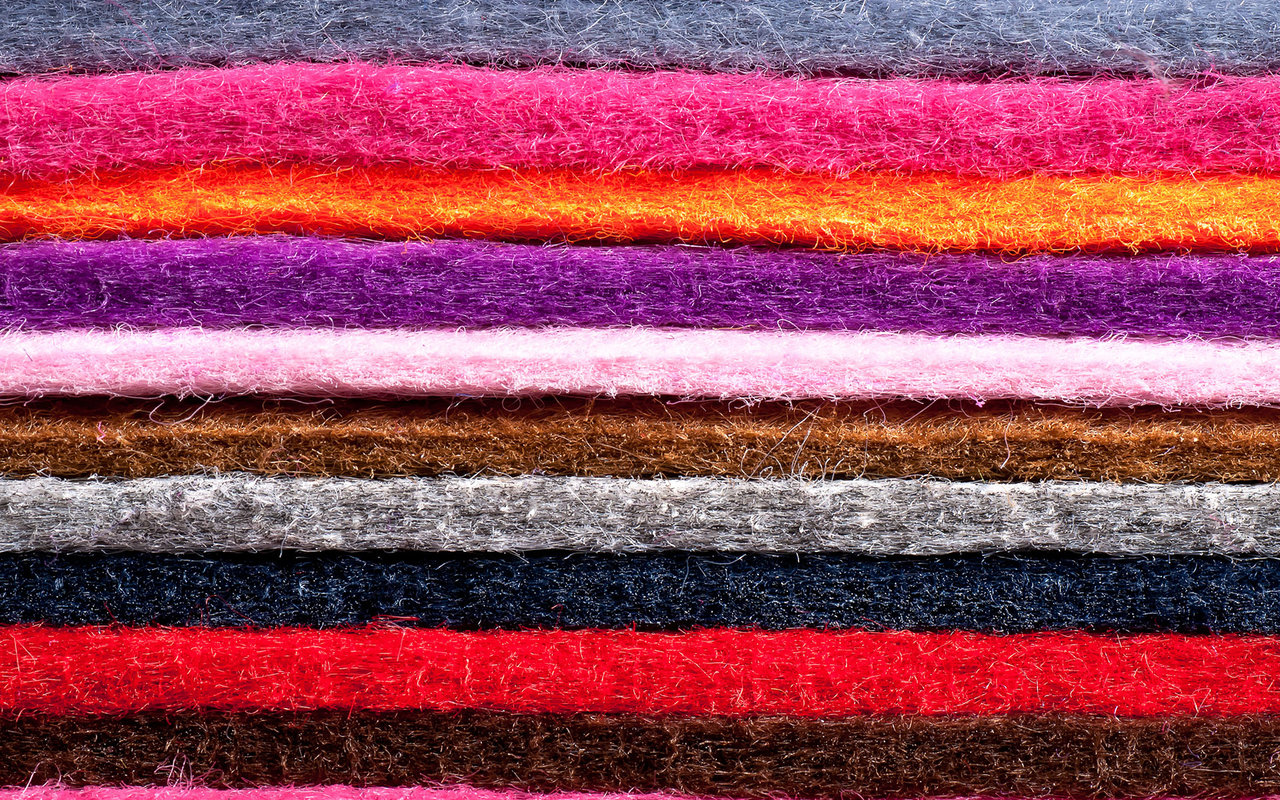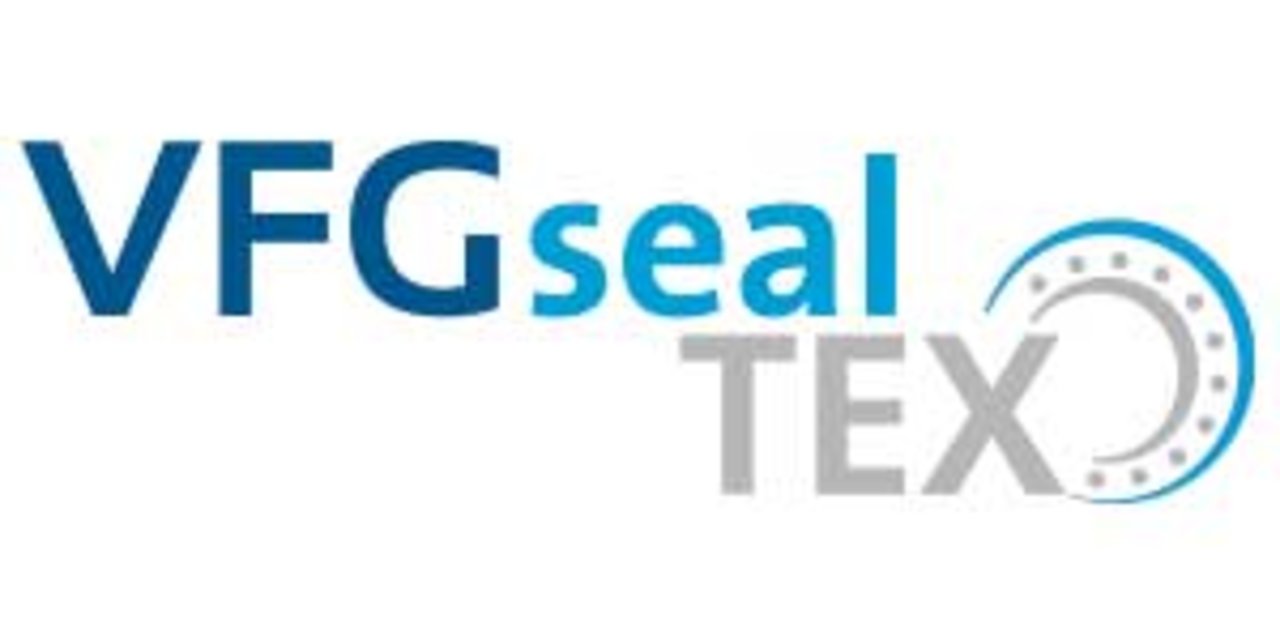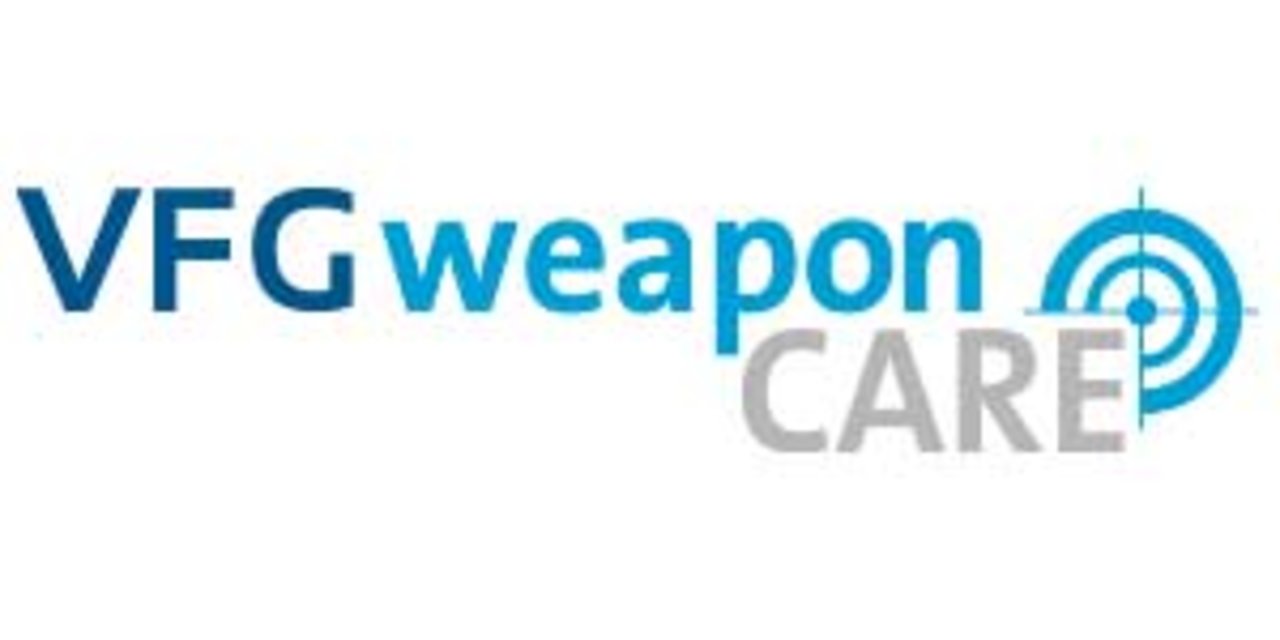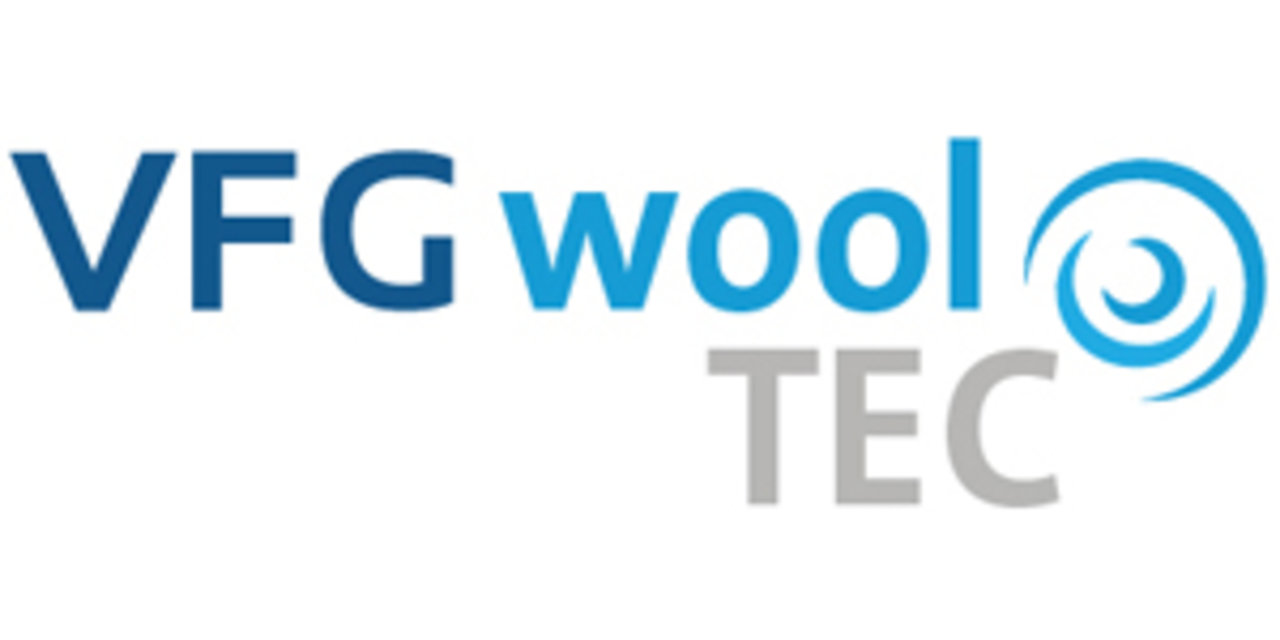Application
Problem-specific felts developed as building blocks for environmentally friendly industrial technology
VFG felt products are polyfunctional. As preliminary products for other products or as tool elements, they are used for sealing, for transferring and storing liquids, for processing the surfaces of a wide variety of materials, for soundproofing and for damping structure-borne and airborne vibrations or for braking. In addition, VFG felts are suitable materials for the transport or storage of shock-sensitive goods or for the design of rooms or products. Depending on the application, the basic polyfunctional properties of VFG felts are emphasised or suppressed. The range includes felt components suitable for assembly for other products, some designed as system-compatible assemblies, technical wool and needle felts (discs, sheets, endless tubes and belts, rolled goods)
Special felt for musical instruments as well as tool sets for polishing technology and directly usable consumer goods, especially cleaning systems for gun care or leisure products for sports, handicrafts or games.
INSIGHTS INTO THE VERSATILE WORLD OF VFG FELTS
Felt is a high-quality technical material and a decorative design element. The variety of applications for this material is a constant task and commitment to research and development for VFG AG.
VFG felt is permanently elastic, dimensionally stable, abrasion-resistant and resistant to ageing
VFG felt has optimum sound and thermal insulation values
VFG felt is characterised by a high absorption and storage capacity
VFG felt is air-permeable and tension-resistant
Our colourful kaleidoscope of application examples can of course only be a small selection, because VFG felt is used almost everywhere:
Concert grand pianos and in cold rolling mills, in tumble dryers and as shoe inlays, in fuel filters and as table decorations.on.

Protection against dust and dirt
Do you want to impress your customers with durable products? Felt seals help you do this by protecting machines from the ingress of dust and dirt. Our customers successfully use VFG sealTEX seals in household appliances (condensation seals in tumble dryers), power tools (dust filters in drills) and in alternative energy generation (seals in wind turbines).
The result: the use of felts not only allows maintenance intervals to be postponed, lubricants to be saved and costs to be reduced, but also extends the service life of the product.
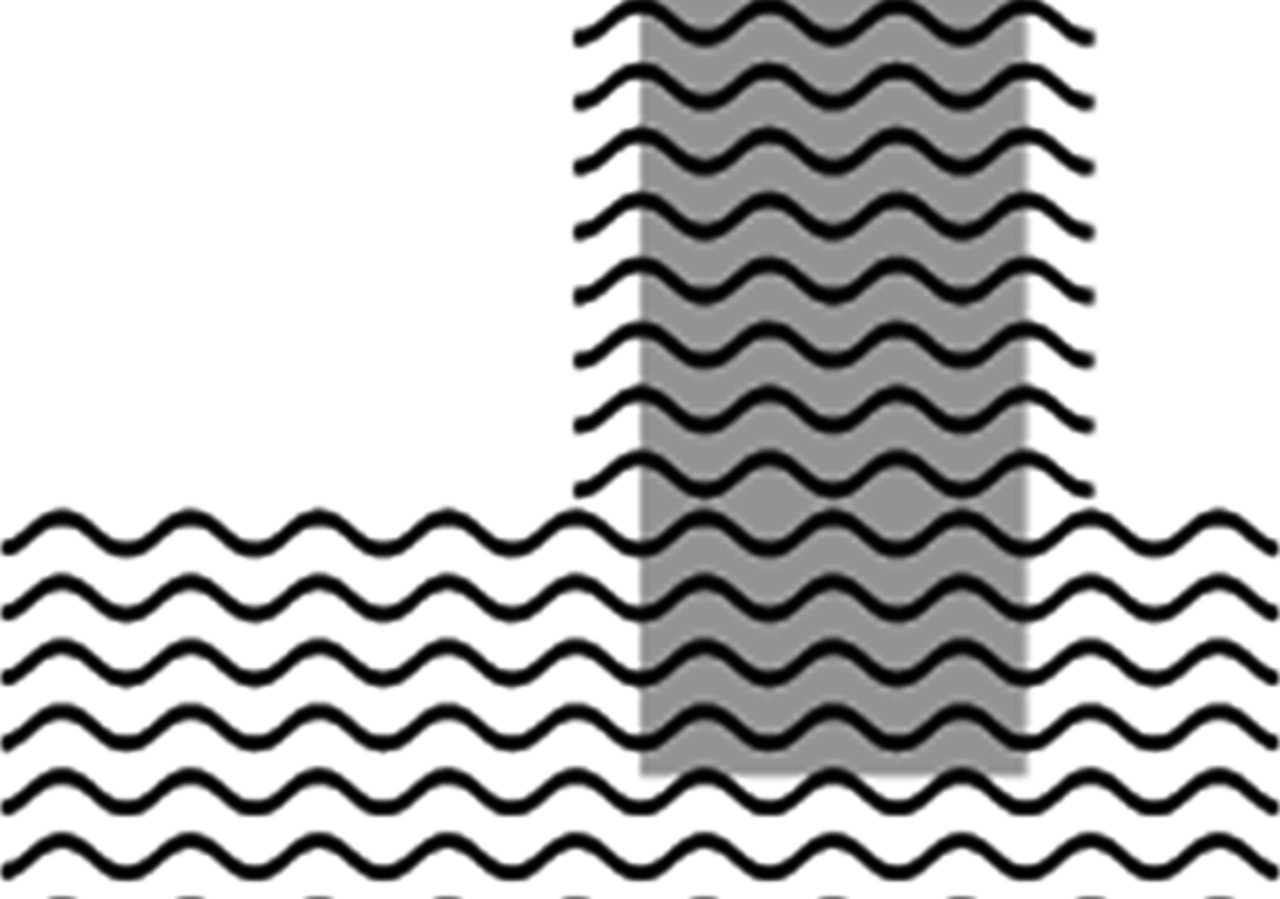
Absorb, store, transfer
Depending on its bulk density, VFG felt can absorb and store up to a multiple of its own weight in oil.
The basic rule is:
The softer the felt, the greater its oil storage capacity
VFG felt can do even more:
Its capillary properties make it possible to pump oil against gravity.
The following applies:
The harder the felt, the greater the delivery head
The lower the viscosity of the oil, the greater the delivery volume and delivery head
The oil conveyed by the capillary force in the felt is released at a lubrication point in the event of friction (e.g. on a rotating shaft).
There is a constant flow of oil from the oil reservoir to the lubrication point. The quantity of oil delivered depends on the hardness and cross-sectional area of the felt, the delivery head and the viscosity of the oil. VFG felt has storage capacity and capillary force not only for oil, but also for other emulsions such as solvents, paints and fuels.

Felt absorbs noise
Wool felt has excellent properties for damping and insulating vibrations, shocks and structure-borne noise.
The thicker the felt, the greater the damping effect. Other factors influencing damping are the specific surface load of the felt and the frequency and amplitude of the vibration to be damped.
VFG felts dampen vibrations in vehicles, machines and pianos. They isolate the structure-borne noise of machine tools from the building.
They dampen the vibration of a compressor.
The acoustic properties of a wool felt depend on its length-specific flow resistance and its degree of sound absorption; the length-specific flow resistance extracts energy from a sound wave penetrating the felt through friction and heat conduction processes. In addition to other physical parameters of the felt
(fibre density, fibre structure), the degree of energy conversion is particularly influenced by the total pore volume; as the bulk density of the felt increases, so does its length-specific flow resistance.
The sound absorption coefficient is the parameter for the ratio of the non-reflected to the occurring sound intensity. It depends on the sound frequency and the bulk density of the felt.
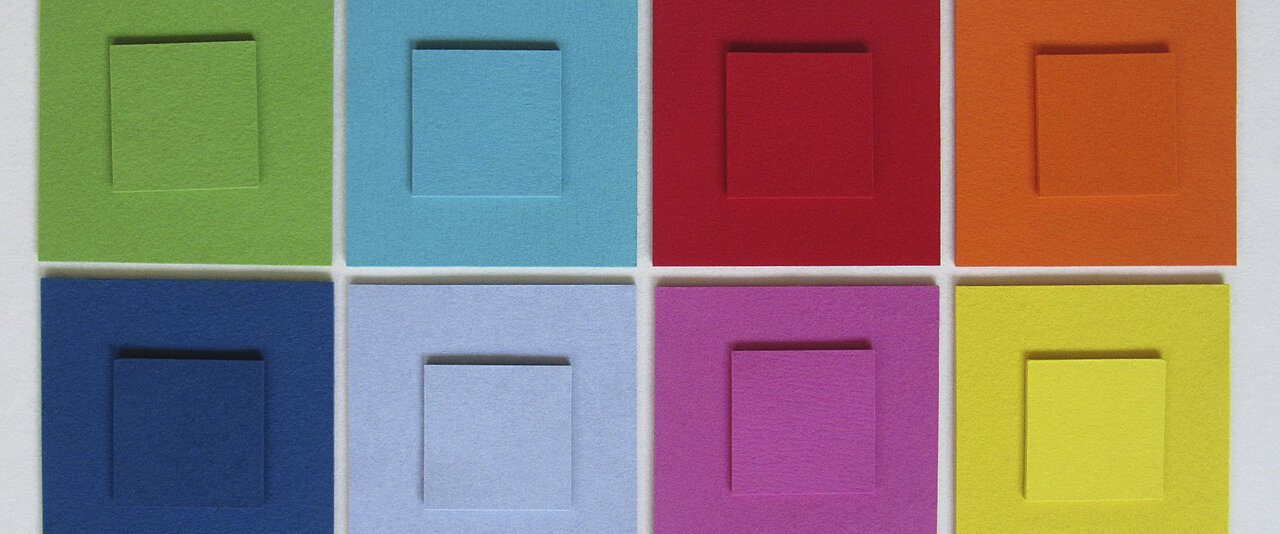
From honey-yellow yard goods to rust-melted cuts - felts from Vereinigte Filzfabriken AG come in all kinds of colours and shapes.


